When you think of famous brands like Castlevania, it’s tempting to imagine them as treasures, hoarded by corporate dragons ready to incinerate outsiders on the off-chance they might dilute or damage the IP. Getting access to them, then, is an errand only for fools or the bravest of adventurers, and the attempt to do so is the match of any epic quest narrative. It’s tempting, but it’s not necessarily accurate.
Among the myriad announcements at The Game Awards 2022 was the return of the Castlevania series – except Konami wasn’t leading the charge. Instead, this long-awaited new piece of content would be DLC for Dead Cells, as Dead Cells: Return to Castlevania. It’s an intriguing collaboration, if not entirely surprising considering that Dead Cells markets itself as a “Roguevania,” and the dark fantasy aesthetic is a clear callback to the Konami classics.
And, apparently, development team Evil Empire didn’t have to slay any dragons to make the partnership happen. “Sometimes all you gotta do is ask,” said Evil Empire co-founder and COO Ben Laulan. “Just ask the question and sometimes you can be surprised by the answer and how easy it is.”
With Dead Cells: Return to Castlevania launching on March 6, we caught up with Laulan and Arthur Decamp, game designer and creative director on Dead Cells, to talk about how it all came to be.
The journey started in 2019. Laulan was in Kyoto for BitSummit with the mission of securing a physical release of Dead Cells for Japan. At that time, Konami was a name on the list of potential distribution partners; there were no plans for anything more. When Evil Empire and Konami finally started talking, however, things changed. “They seemed pretty interested in the idea of doing a physical version of Dead Cells in Japan,” said Laulan. “So, I started to think… ‘You know what would be cool?’”
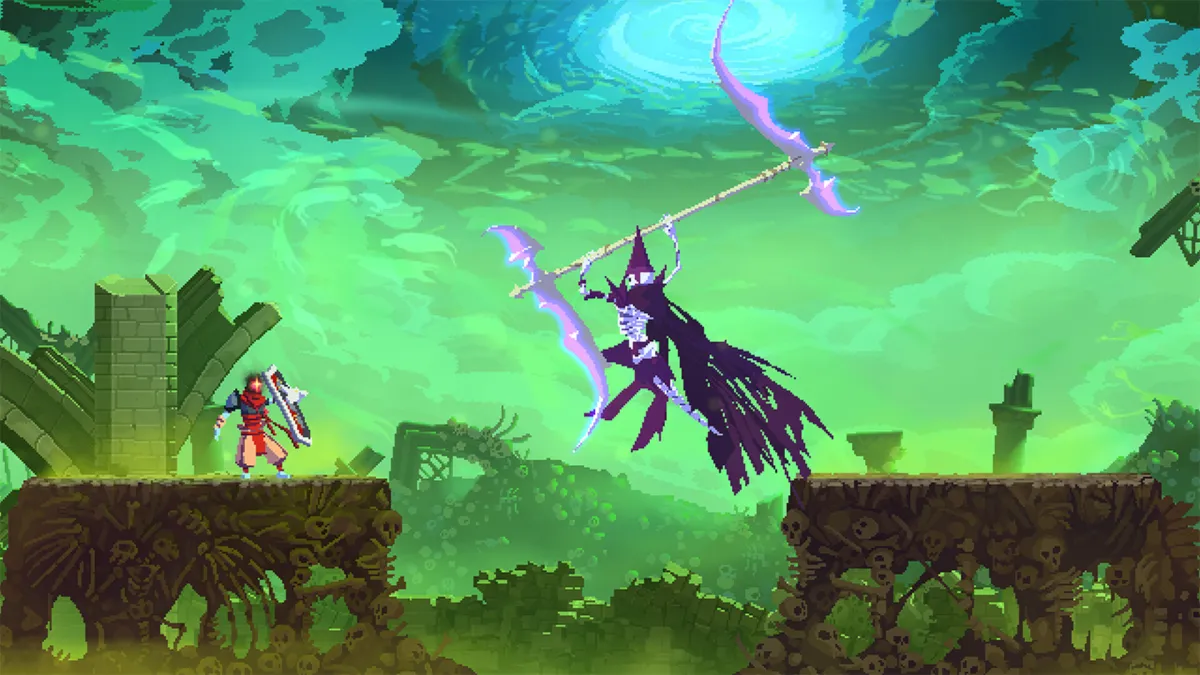
The Castlevania franchise was one of the chief inspirations for Dead Cells from the beginning. A key goal was – and remains – for the game to be “a big, big homage to Castlevania: Symphony of the Night.” But, said Laulan, “we wanted players to play Dead Cells and feel like they remember playing Castlevania back in the day, but not the way they actually played.”
So, What Would Be Cool?
With that spiritual link in mind, Laulan began to wonder, “Would they be okay if I asked them, like, ‘Hey, could we do an Alucard skin or a weapon?’” At first, he dismissed the idea as “a bit crazy,” but at the same time, he had nothing to lose. He asked.
“They were like, ‘Yeah, okay, sure. Why not?’” he said. “So, I thought about it a bit more: ‘Why should I just ask for a skin and weapon? I’m going to present a whole fricking DLC because we want to do it.’”
He took the idea back to the Evil Empire team in Bordeaux, France, and they began putting together a plan. They concepted two biomes (neither of which made it into the release version of Return to Castlevania), a bunch of weapons, and new enemies. In the interim, there were other discussions, and the team continued working on the planned slate of DLC, which included The Bad Seed and Rise of the Giant. It wasn’t long until their pitch deck was ready, though, and so they reached out to Konami again.
They explained that their original pitch for a small Easter egg had changed and presented their ambitious hopes for what would come to be the single biggest piece of Dead Cells DLC to date, with two biomes, 14 weapons, and a plethora of outfits and music.
Straight away, said Laulan, “They were like, ‘Yeah, okay, let’s do it.’ No specific questions or anything. They were just super into it.”
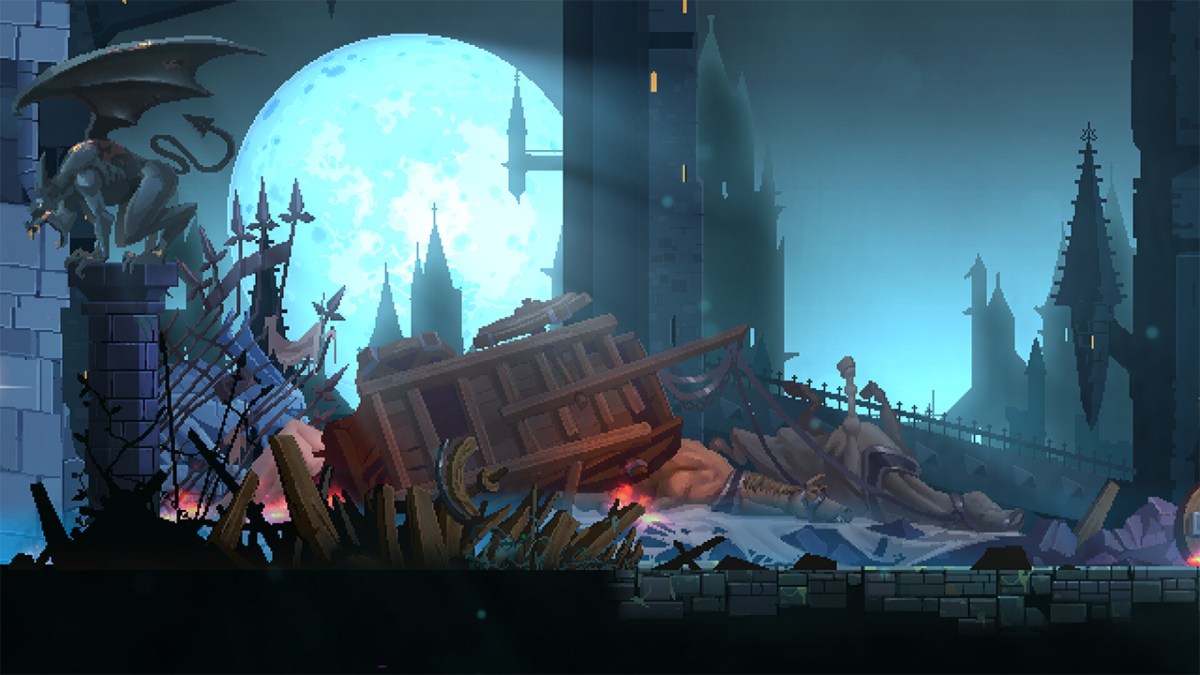
The process of getting the contracts signed and in place took a fair bit longer, with Laulan saying that the timelines came together “pretty poorly.” The Queen and the Sea, which launched in January 2022, was the third major piece of DLC for Dead Cells. It closed a branch of the game’s narrative. While that provided a perfect opportunity to explore a side story, the team still hadn’t locked things down with Konami by the time they were ready to start planning the next thing in earnest. “So,” said Decamp, “we started working on something else. And then when we finished working the details with Konami, and they said you’re greenlit, we chose to put what we had started in the fridge and start working on the Castlevania DLC.”
Bringing Castlevania to Dead Cells
Once the contract was signed and work was underway, the dragon stepped back. “It was carte blanche from them,” explained Laulan. From day one, the team had free rein to execute their vision. While Konami still had oversight, their feedback was minimal. Laulan said they’d chime in on things like artistic choices to ensure they matched with Castlevania lore, but the game design was entirely in the hands of Evil Empire.
Decamp said that trust stemmed from the ethic the team showed. “When I think of a big company lending their property to make something with the IP, I was fearing that it would be way more strict. They were pretty laid back because they saw that we were doing our homework. We were checking the wiki. We were playing all the games we were referencing, so they realized pretty quickly that we knew our Castlevania.”
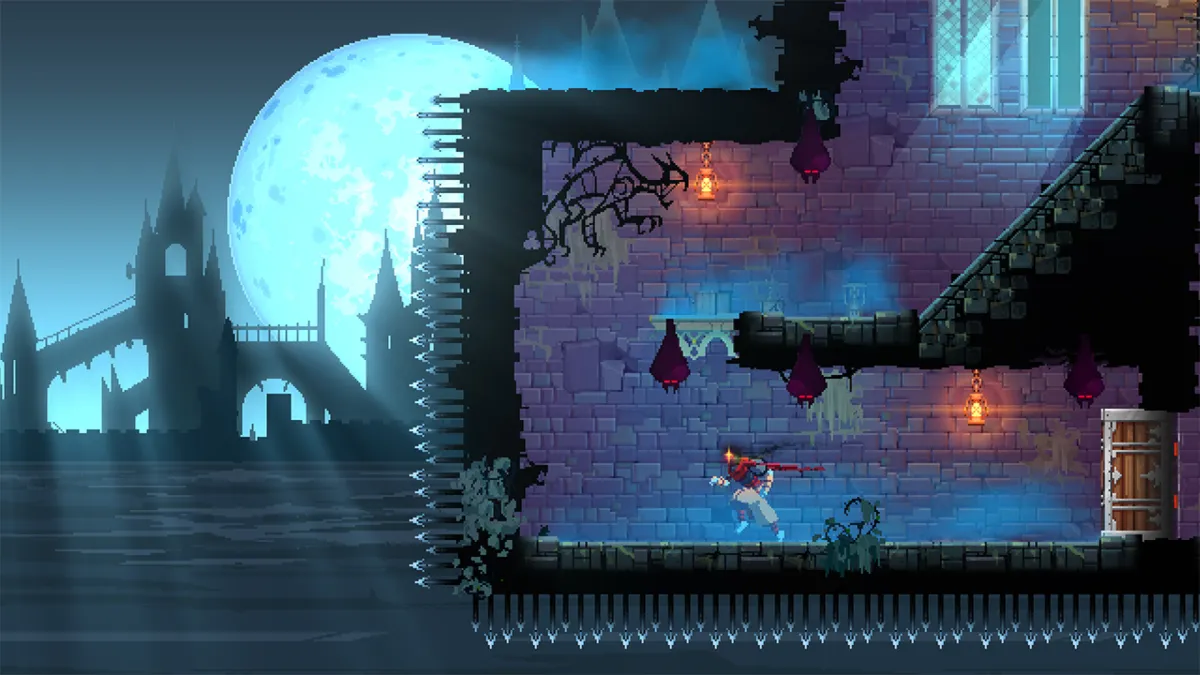
That sense of unreserved faith and trust was one of the things that “empowered” Evil Empire “to be able to make the greatest content (it) could,” according to Decamp. Another factor was the constraints the team placed upon itself. One of the guiding principles of the cross-over was that it would focus on bringing Castlevania into Dead Cells, rather than twisting the base into something it was never meant to be. Sometimes, that has meant making significant changes to the way some things have traditionally worked.
Decamp used the Throwing Axe as an example. In many Castlevania games, it’s a thrown weapon with a parabolic arc that can pass through solid objects. “In Dead Cells, we cannot really let you hit stuff through walls because it would make the game too lenient,” he explained. “It would encourage the player to stay behind walls and kill mobs before progressing on. So, we added specific rules.”
In short, the adaptation prompts players to use the Axe as they would in Castlevania by adding an enormous damage multiplier if it strikes enemies after the apex of the throw. “Via this mechanic we ensure that the player uses it in the way they probably would use it in Castlevania while saving the Dead Cells identity. We don’t want to break Dead Cells to make Castlevania fit, but we still want to be respectful and create a good homage to Castlevania.”
Of course, that goes beyond the aesthetics and game feel. On their adventures in this new DLC, The Beheaded will cross paths with Richter Belmont, Alucard, Dracula, and others. Laulan called their approach a “big potpourri” of elements drawn from across the entire series. That has allowed plenty of opportunities to sneak in secrets and callbacks. Both Laulan and Decamp mentioned conditional dialogues based on talking to NPCs while wearing certain skins, yet hinted that may be just the tip of the iceberg. “We can’t wait for people to find them all because there are lots (of details),” said Laulan. “I really hope all the small details will be found and understood by the fans.”
Dead Cells: Return to Castlevania launches on March 6, but the imminent release of something always invites the question of what comes next.
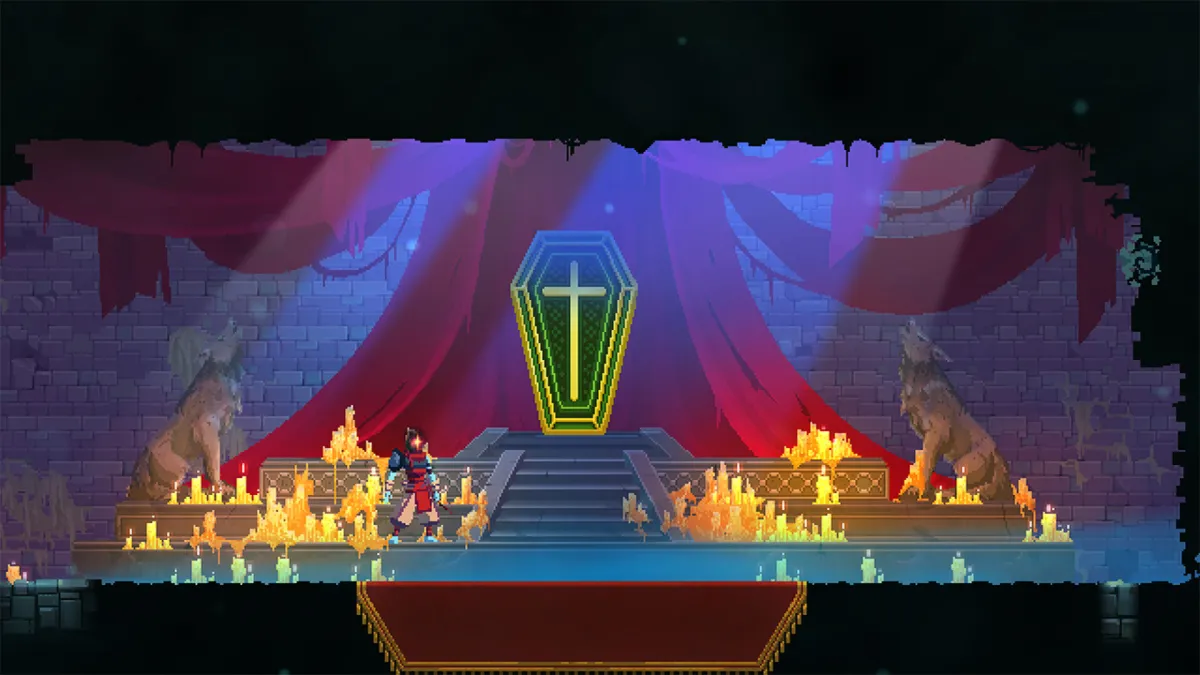
After Castlevania
Laulan and Decamp only went so far as to assure fans that there’s plenty more Dead Cells to come. That, in itself, could be a clue of what to expect. Return to Castlevania isn’t the first crossover to make its way into the game. In 2021 and 2022, the team dropped two free “Everyone Is Here” updates, which introduced weapons and character skins from other indie games, including Hollow Knight, Shovel Knight, and Hyper Light Drifter. Those updates have been well received by the various communities, but the team recognizes that it’s now time to focus on Dead Cells in its own right.
“We like to do partnerships, but we don’t really want to become the Fortnite of indies. We still want to keep our identity ourselves,” said Laulan. “This could happen in the future, but this is not something we want to systemize or we want for the future, if it means the future of Dead Cells is partnerships with different IP holders.”
Likewise, Decamp rattled off a list of IPs he might enjoy trying to work into the game — The Legend of Zelda, Hotline Miami, Doom, The Witcher — but emphasized that those were nothing more than ideas and that the team has entirely different plans in place. “Both from a marketing and game design perspective, we need to let the game breathe for a bit after the two (Everyone Is Here) updates and the Castlevania DLC,” he said. “The game still has content to propose for the player without the help of other IPs. So, it’s good to have pauses in-between those to make sure that we also cater for the players that love Dead Cells for Dead Cells.”

And there are plenty of them. The game left early access in 2018, and the team has been drip-feeding updates since then. It began as a “test,” according to Laulan, with Evil Empire spinning off from original developer Motion Twin out of a desire to keep making Dead Cells content rather than moving on to a whole new project. The initial goals were simple: live-ops for a year and some small-scoped DLC. When steady sales supported that model, they continued, and it has created a positive feedback loop with fans.
“We add new content for free the whole year,” said Laulan. “At some point, you have paid DLC that players are happy to pay for because they are saying to us, ‘We’re not paying for the DLC, but we’re paying for the year to come of free content.’ We’re really happy to be able to create this kind of dynamic with the community.”
And it sounds as if as long as that relationship stays the same, Dead Cells will continue its grand adventure.


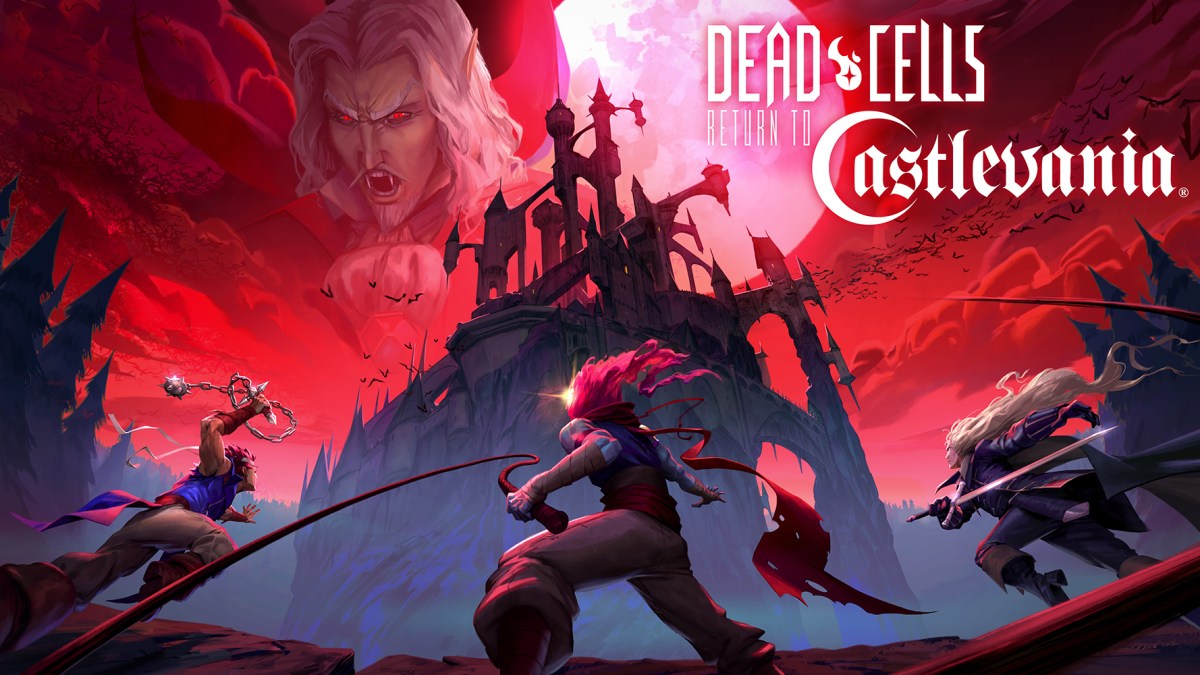




Published: Feb 23, 2023 01:00 pm